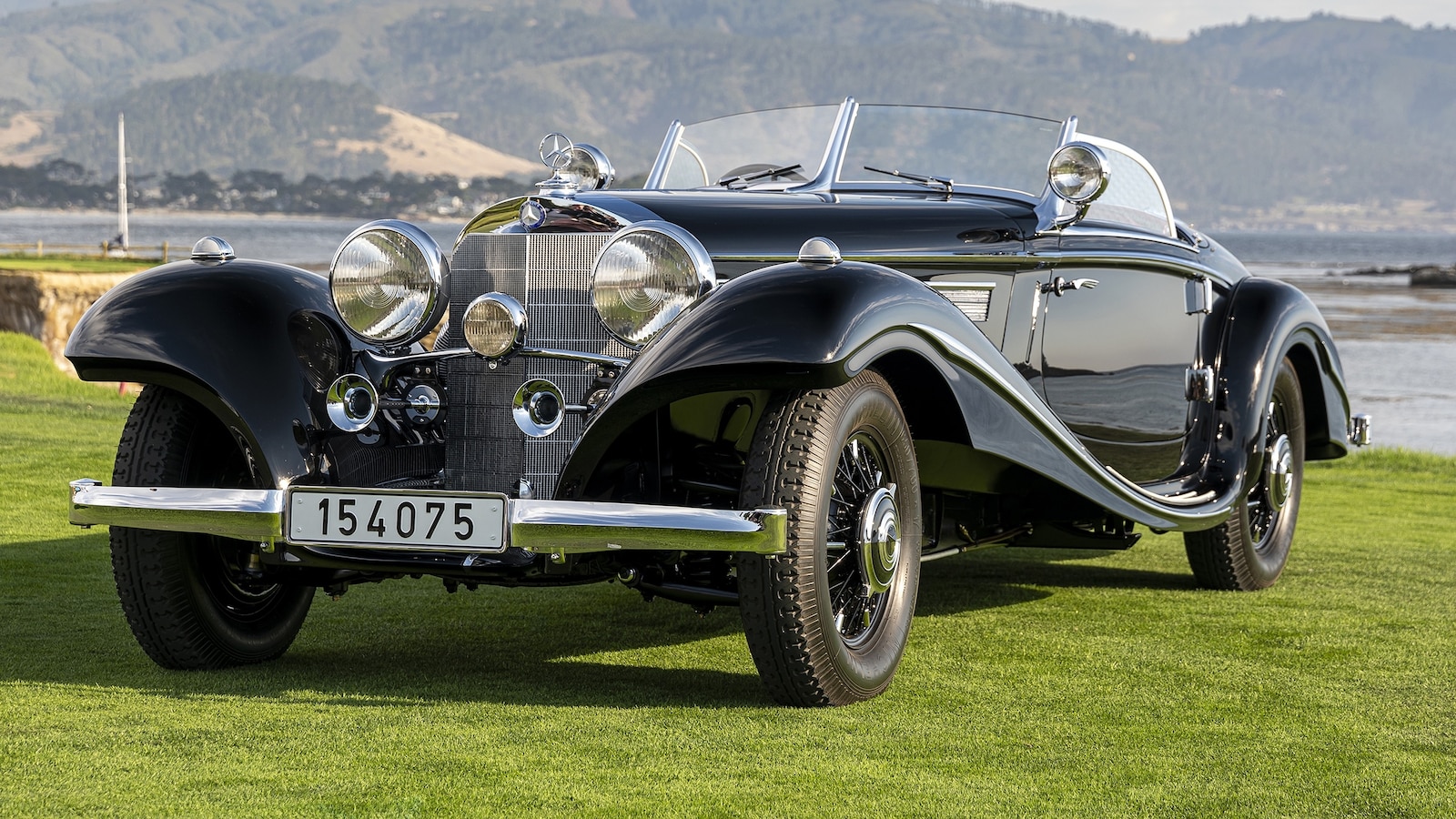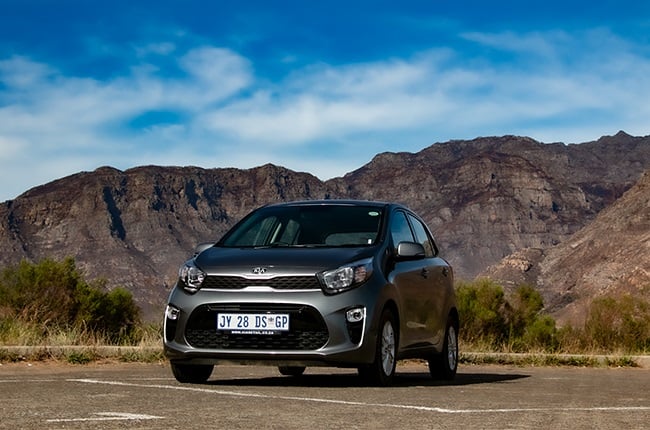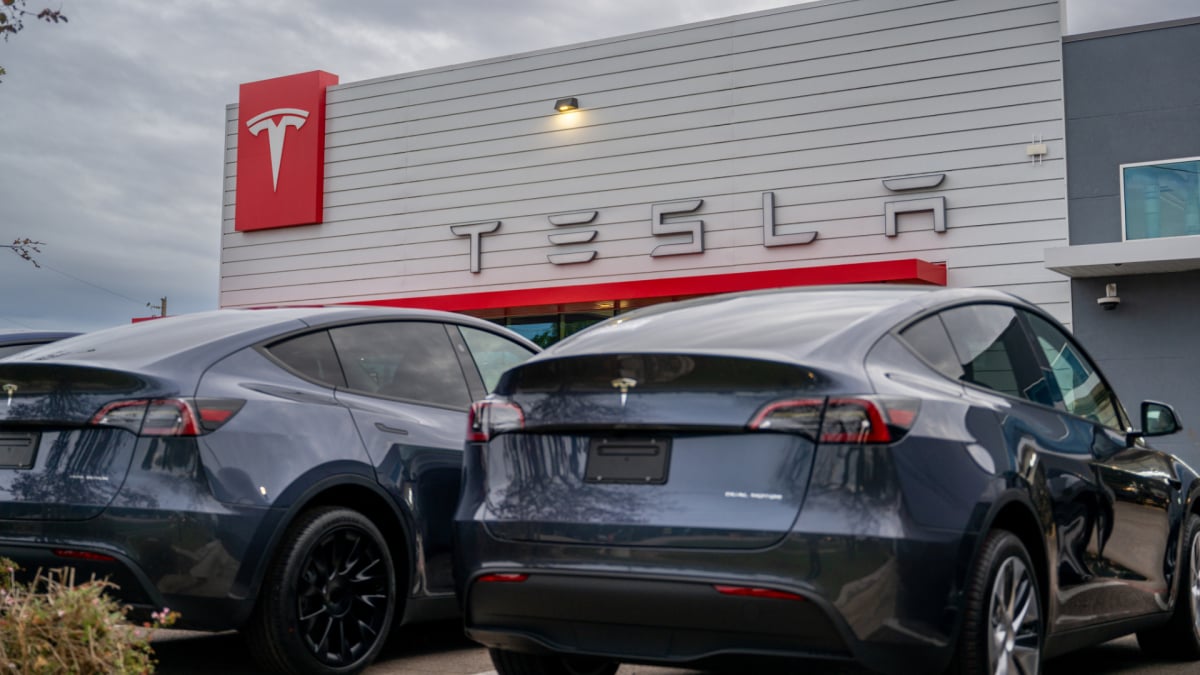Nissan’s Cool Paint: A Revolutionary Solution for Cooler Cars
Introduction
In the face of rising global temperatures, automotive manufacturers are exploring innovative solutions to enhance the comfort and sustainability of vehicles. Japanese automaker Nissan has recently unveiled its latest development: a “cool paint” technology designed to keep the interiors of cars significantly cooler. This breakthrough has the potential to revolutionize the driving experience, reduce air-conditioning usage, and contribute to overall energy efficiency.
The Technology behind Cool Paint
Nissan’s cool paint employs a unique combination of reflective and electromagnetic wave-blocking capabilities. The paint reflects a significant portion of sunlight, reducing the amount of heat absorbed by the vehicle’s surface. Additionally, it emits electromagnetic waves that actively deflect heat away from the car, creating a cooler environment inside. This technology was developed in collaboration with Radi-Cool, a Chinese company specializing in heat-reducing materials.
Testing and Results
Nissan conducted extensive testing of its cool paint on vehicles operating in Tokyo’s Haneda airport, an area known for its intense sunlight. The results were impressive: vehicles coated with the special paint experienced roof-panel temperatures 12 degrees Celsius (22 degrees Fahrenheit) lower than those of uncoated vehicles. The interior temperatures were also reduced by a significant 5 degrees Celsius (9 degrees Fahrenheit).
Benefits of Cool Paint
The potential benefits of Nissan’s cool paint technology are numerous:
* Enhanced Driver Comfort: The cooler interior temperatures significantly enhance the comfort and well-being of drivers and passengers, especially during hot weather conditions.
* Reduced Air-Conditioning Usage: By effectively lowering interior temperatures, cool paint reduces the need for air-conditioning, leading to energy savings and lower emissions.
* Improved Engine Performance: Heat can adversely affect engine performance and reduce efficiency. Cool paint helps maintain lower engine temperatures, resulting in improved performance and reduced fuel consumption.
* Extended Electric Vehicle Battery Life: Electric vehicles are particularly susceptible to heat damage. Cool paint can extend the life of EV batteries by reducing their exposure to high temperatures.
Challenges and Future Development
Nissan acknowledges that its cool paint is currently six times thicker than conventional paint, which presents a challenge for commercialization. However, the company is actively working on optimizing the thickness and reducing the production costs to make the technology more feasible. In the future, Nissan aims to introduce cool paint as a standard feature on its vehicles, offering drivers a more comfortable and sustainable driving experience.
Comparison with Toyota’s Approach
Toyota Motor Corporation has also been exploring ways to lower cabin temperatures through paint technology. However, Toyota’s focus has primarily been on developing colors that refract sunlight. Nissan’s cool paint takes a more comprehensive approach by combining reflectivity with electromagnetic wave-blocking capabilities, resulting in more significant temperature reductions.
Health and Safety Considerations
Nissan emphasizes that the electromagnetic waves emitted by its cool paint pose no discernible health risks to occupants. These waves are similar to those found in everyday appliances and are well within safe limits.
Conclusion
Nissan’s cool paint is a promising development in the automotive industry, offering a practical solution for reducing interior temperatures and enhancing driver comfort. The technology has the potential to make a significant contribution to energy efficiency and sustainability, while also improving the overall driving experience. As Nissan continues to refine and optimize the technology, we can expect to see cool paint become an increasingly common feature on future vehicles, transforming the way we interact with our cars in warm weather conditions.



